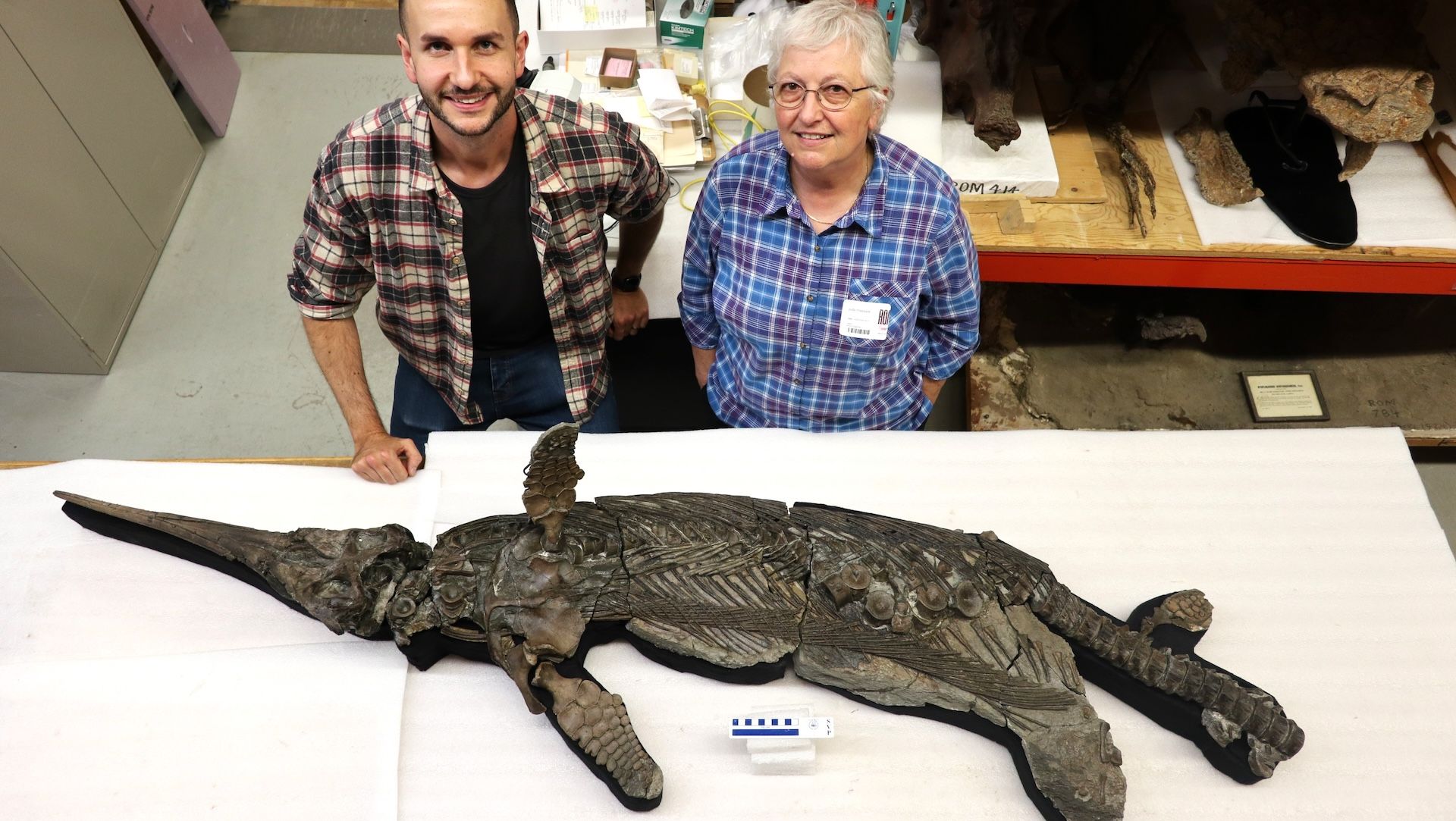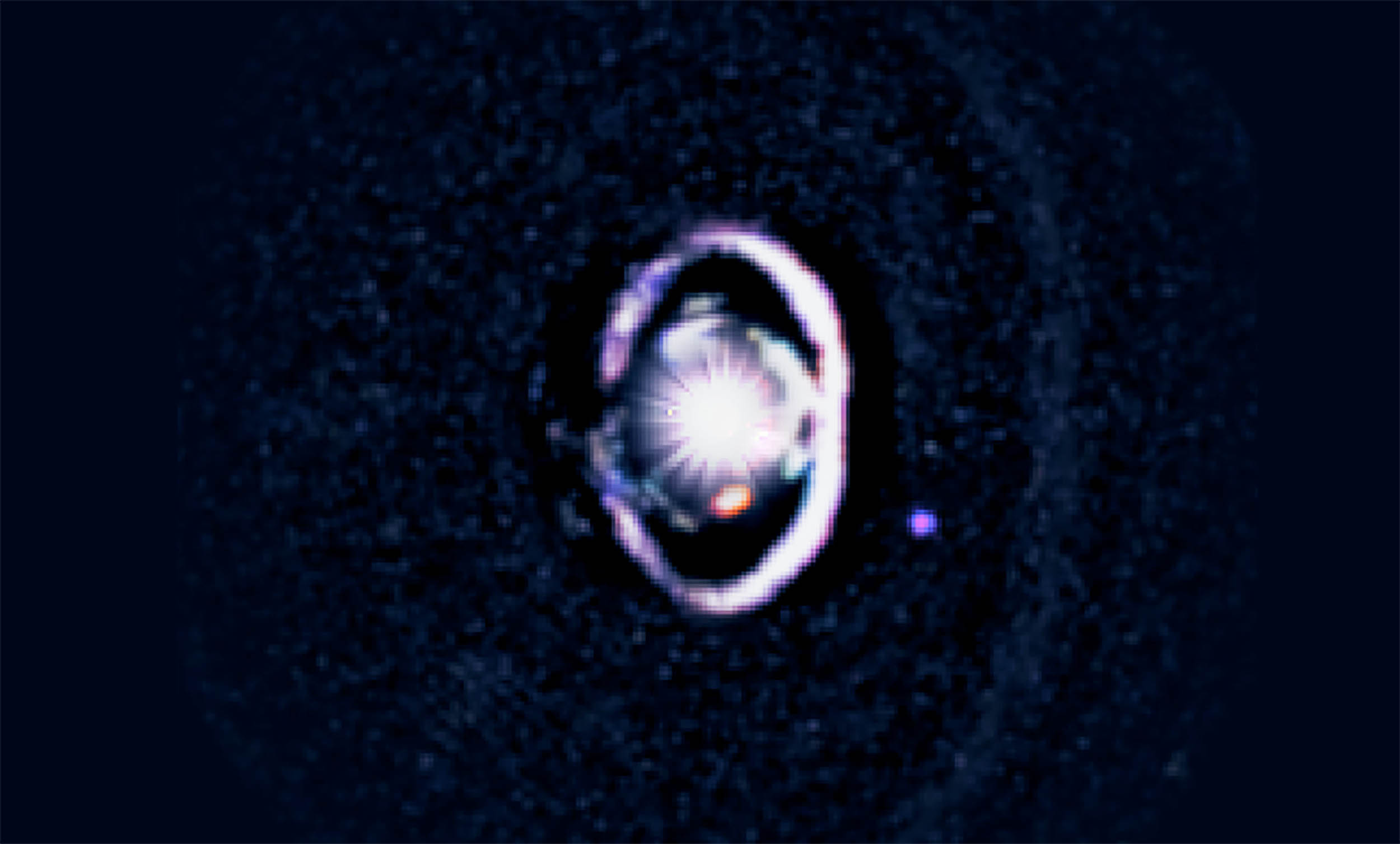LONDON, Oct. 10, 2025 (GLOBE NEWSWIRE) — Concern over the long-term effects of head injuries in rugby and American football has inspired a new approach to athlete care. Oralift Neuro, an emerging concept at the initiation stage, explores how…
Category: 7. Science
-

Discovery of binary stars the first step in creating movie of the universe
A world-first discovery of binary stars could be the first step in building a more complete picture of how our galaxy formed, according to astronomers from The Australian National University (ANU).
The discovery is part of an ambitious 10-year…
Continue Reading
-

NASA to launch six satellites that will study and map particles from the Sun
The six SunRISE satellites (Image source: Space Dynamics Laboratory/Allison Bills; cropped) Continue Reading
-

Largest male great white shark tagged in Atlantic resurfaces off Canadian coast; how it stacks up against the largest female shark
A nearly 14-foot adult great white shark, the largest male ever tagged in the Atlantic Ocean, was recently recorded in the northern Gulf of St. Lawrence, off the coast of Newfoundland and Labrador, according to tracking data from OCEARCH. The…Continue Reading
-

Fossil found on UK coast is unique ‘sword dragon’ species
 Jonah FisherEnvironment correspondent
Jonah FisherEnvironment correspondent Dean Lomax
Dean LomaxIchthyosaur experts Dr Dean Lomax and Professor Judy Massare with the 185m year old skeleton A near-complete skeleton found on Dorset’s Jurassic coast has been identified as a new species of…
Continue Reading
-

Radical Plan to Beam ‘Sunlight on Demand’ at Night Sparks Concerns : ScienceAlert
A proposed constellation of satellites has astronomers very worried. Unlike satellites that reflect sunlight and produce light pollution as an unfortunate byproduct, the ones by US startup Reflect Orbital would produce light pollution by…
Continue Reading
-

Rare ‘sword dragon’ with bite marks on skull found on UK coast. Experts know what killed it
A near-complete skeleton found in Dorset on the UK’s Jurassic Coast has been identified as a brand-new species of ichthyosaur.
These prehistoric marine reptiles look a lot like dolphins and from the Early Triassic (250 million years ago) to…
Continue Reading
-

New species of Jurassic ‘sword dragon’ could help solve an evolutionary mystery
A nearly complete fossil skeleton found on the U.K.’s Jurassic Coast represents a newly identified species of ancient marine reptile that lived alongside dinosaurs.
The ichthyosaur, dubbed Xiphodracon goldencapsis, was likely around 10 feet (3…
Continue Reading
-

New Research Says the “Dark Side” of the Moon is Also the Cold Side
When the Apollo astronauts returned from the Moon, they brought with them samples of lunar soil (regolith) and rock. The analysis of these samples forever changed our perceptions of how the Earth-Moon system formed and evolved….
Continue Reading
-

Baby planet photographed while orbiting a star for the first time ever
A team of astronomers has captured a young world, WISPIT 2b, sitting inside a dark ring around its star. The object is a protoplanet, a planet still forming inside a broad disk of gas and dust.
Instead of hiding in the central hole of the disk,…
Continue Reading
